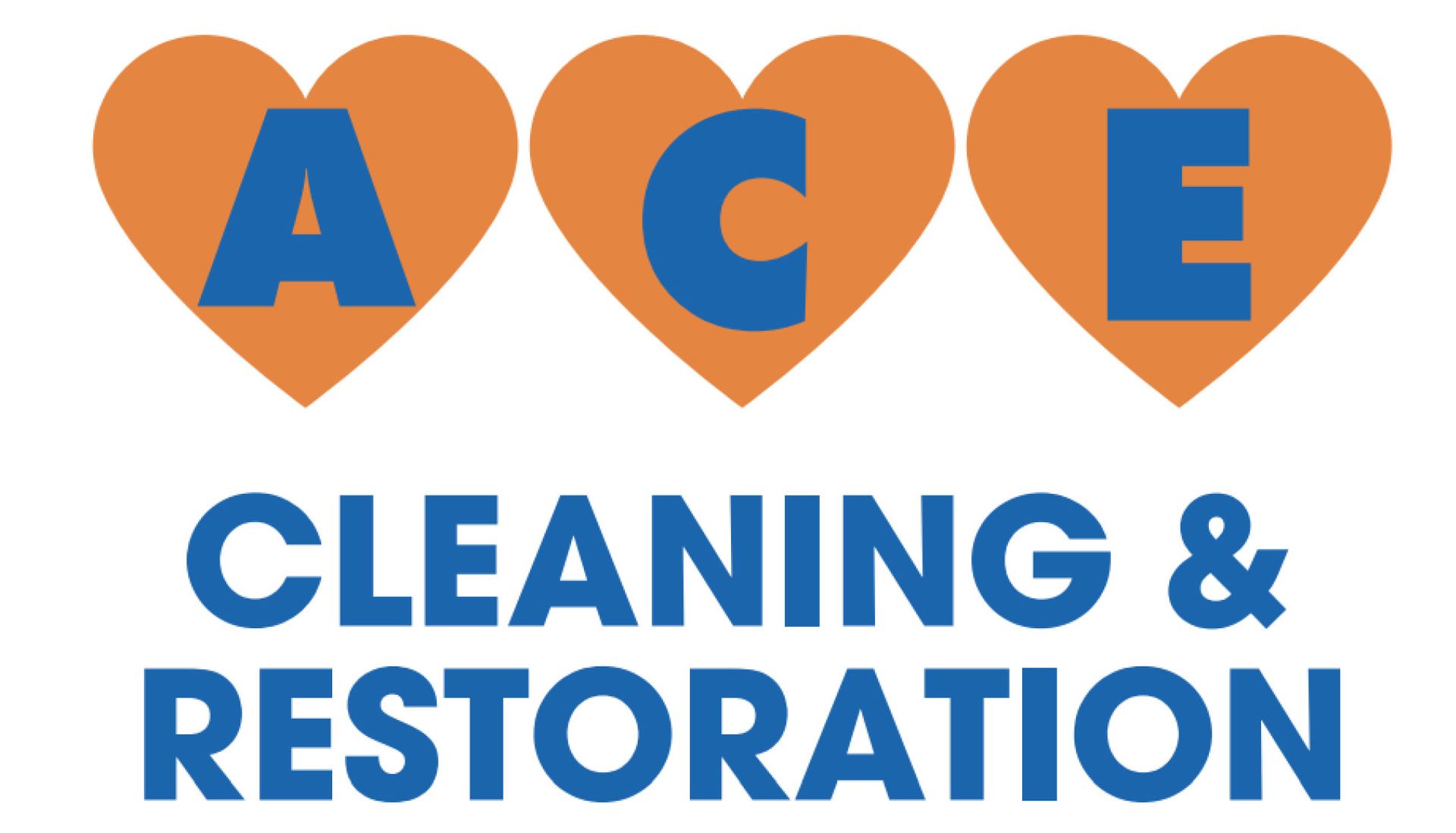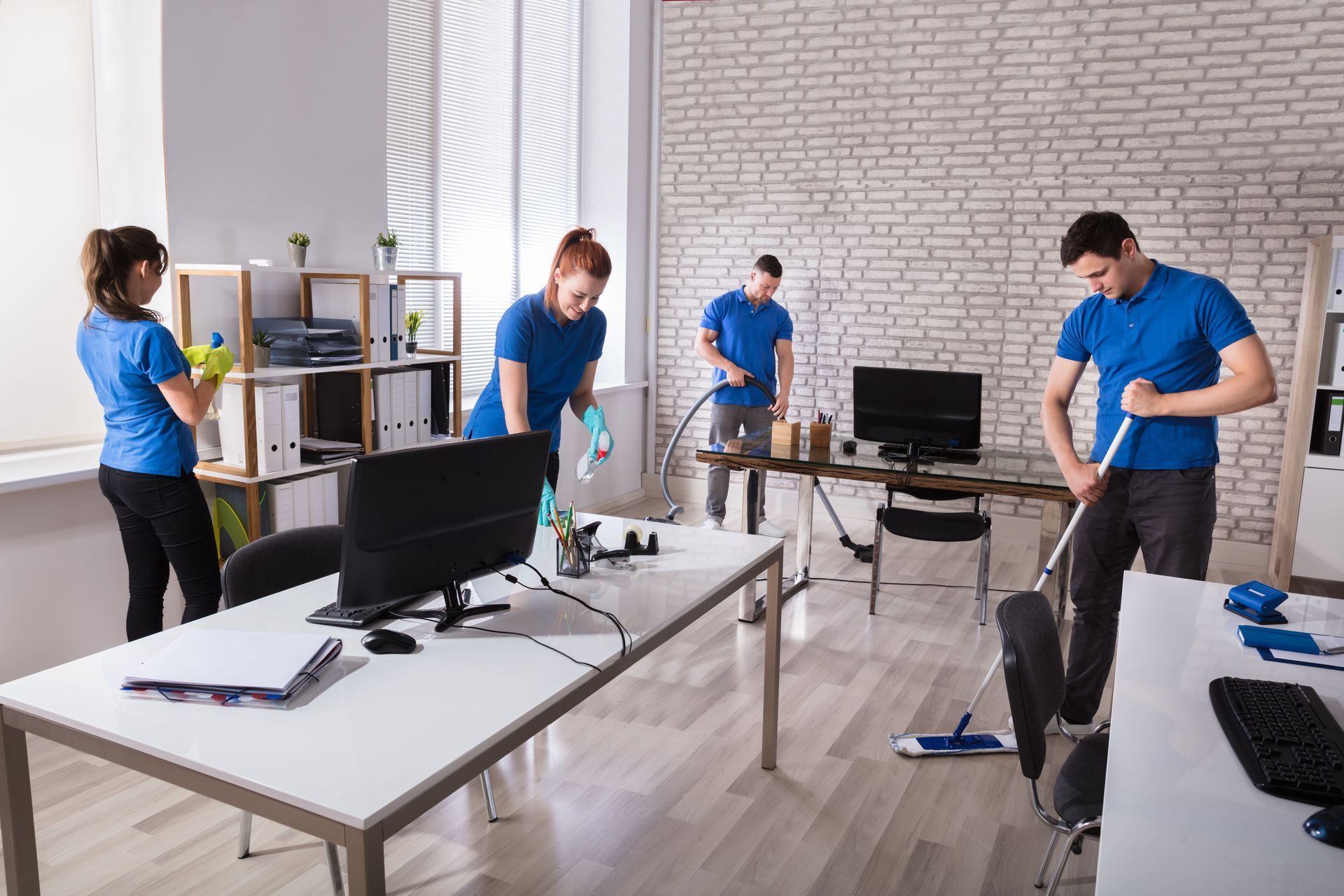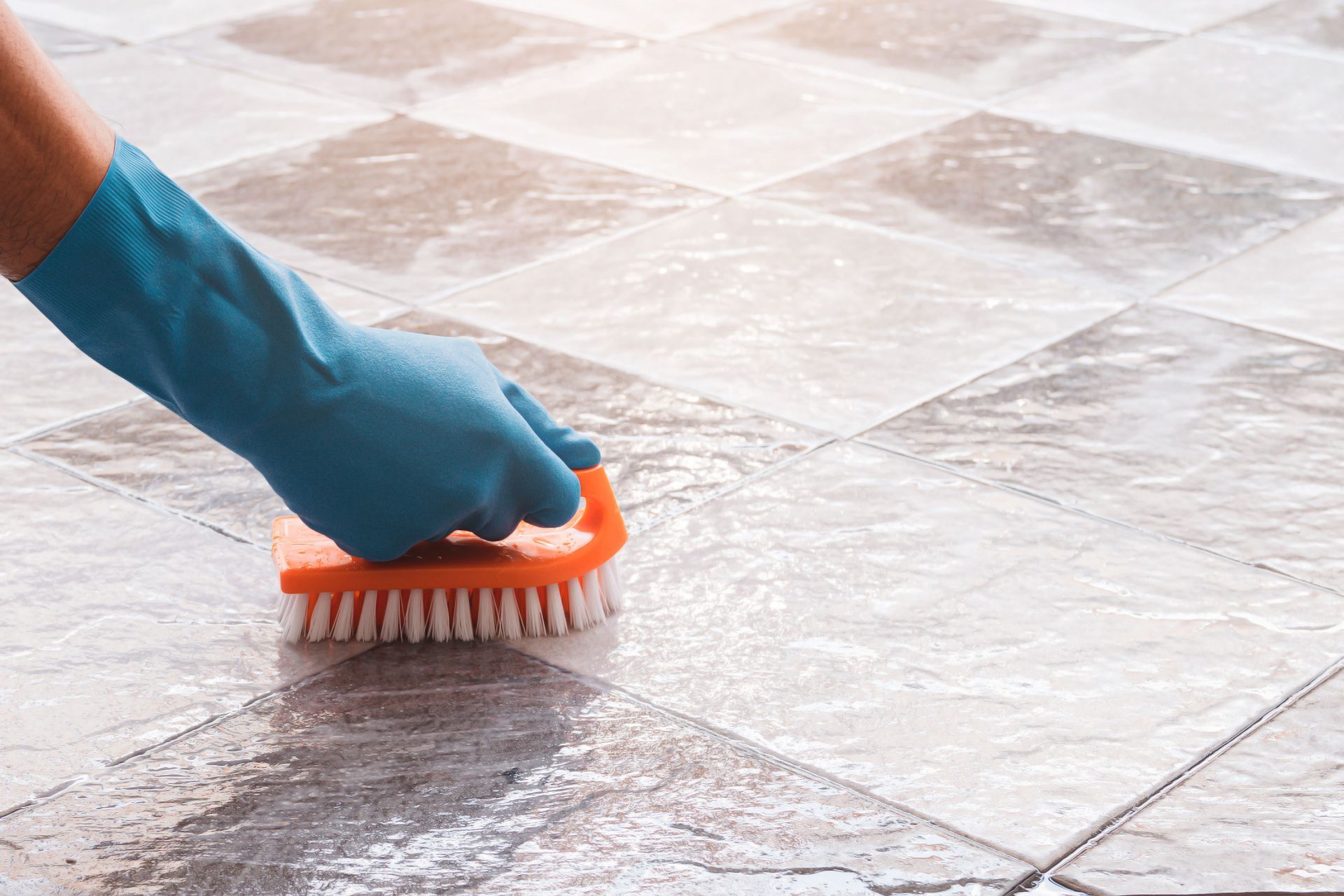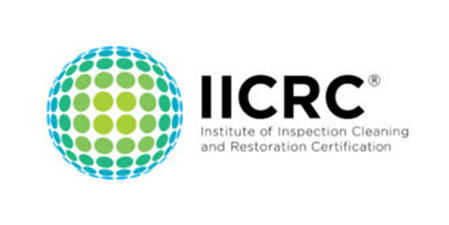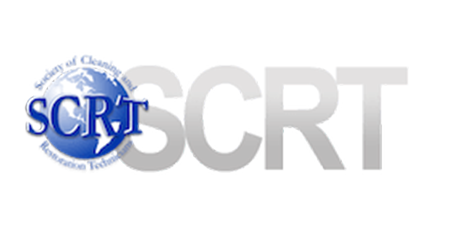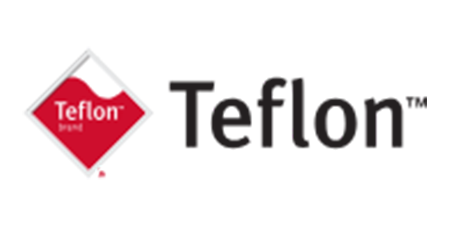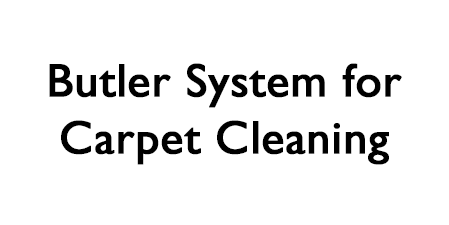November 21, 2025
The cost of tile cleaning services can vary significantly depending on a multitude of factors. Understanding these factors can help homeowners and businesses make informed decisions when hiring professional tile cleaning services. This article delves into the five key aspects that influence the pricing of these services. The comprehensive analysis will cover the type of tile material, extent, and condition of the tile area, cleaning methods, and more. By gaining insight into these elements, consumers can better anticipate costs and budget accordingly.
1. Type of Tile Material
The type of tile material is a significant factor influencing the cost of cleaning services. Ceramic tiles, being one of the more common materials, are generally easier and less expensive to clean. Their smooth surface repels grime and stains, demanding less intensive labor and resources. However, certain tiles like those made of natural stone require specialized cleaning solutions, which can inflate service costs. Understanding the specific needs of each tile type helps tailor cleaning approaches, consequently affecting the expense.
Porcelain tiles, although similar to ceramic, come with their unique challenges. They are denser and less porous, which often means less dirt absorption but also requires distinct cleaning products to prevent damage. While their durability is an advantage, porcelain tiles can be more delicate regarding abrasive cleaning methods. This need for specialized care can impact the overall cost, with prices potentially reaching the higher end of service providers' spectrum. Choosing the right cleaning strategy ensures both the tiles' longevity and the cost-effectiveness of the service.
Natural stone tiles, including marble and granite, are not only valuable but also extremely sensitive to acidic cleaning solutions. These tiles often need professional-grade cleaners and experienced handling to avoid etching and discoloration. Consequently, cleaning these materials tends to be more expensive than more common counterparts like ceramic. Generally, glass and mosaic tiles require delicate attention as well, contributing to increased pricing due to the specialized care involved. Hence, selecting the appropriate cleaning methodology is crucial for preserving these tiles' aesthetic appeal.
2. Extent and Condition of the Tile Area
The size and condition of the tile area significantly affect cleaning costs. Larger surface areas naturally require more time and effort, causing costs to rise proportionally. According to HomeAdvisor, cleaning costs can range from $0.50 to $3 per square foot in 2025, with larger projects demanding comprehensive resource allocation. In parallel, the condition of the grout and tiles themselves can escalate expenses if severe staining or deterioration is present. Cleaning service providers must assess these factors meticulously to provide accurate pricing.
The condition of the tile area, particularly the level of dirt and staining, is another critical cost determinant. Heavily stained grout can pose substantial challenges, requiring intensive cleaning efforts and specialized chemicals. Additionally, tiles that have accumulated dirt over time may exhibit ingrained stains, altering the cleaning strategy and associated costs. Regular maintenance can mitigate these complexities, potentially reducing service expenses. Nonetheless, service providers will factor in these conditions when estimating the total service cost.
Accessibility further influences the cost of tile cleaning services. Challenging-to-reach areas like confined spaces or elevated sites necessitate extra precautions and customized equipment. For example, tiles installed in high and tight spaces often require personnel with specialized skills and tools, leading to higher costs. Moreover, older or heavily worn tiles might demand advanced cleaning techniques, which need expert handling. Consequently, it's essential for homeowners and businesses to communicate these details to service providers for precise cost assessment.
3. Cleaning Method Utilized
The choice of cleaning method plays an integral role in determining service costs. Manual scrubbing is generally less expensive but labor-intensive, typically suited for smaller or residential areas. This method involves physical effort combined with basic cleaning solutions, often resulting in lower costs. However, highly stained tiles might not respond well to manual cleaning, requiring alternative strategies. Ensuring the right balance between effort and efficiency is essential in managing costs effectively.
Machine cleaning techniques, though potentially more expensive upfront, can offer more thorough and efficient cleaning. Using machinery often cuts down the time required, making it suitable for extensive tile areas or commercial spaces. The costs related to equipment rental or purchase, maintenance, and operation are factored into service charges. Steam cleaning offers an eco-friendly alternative, employing high-temperature steam to lift grime without harsh chemicals. Each approach aligns with specific tile types and conditions, ultimately influencing service pricing.
Chemical solutions, both traditional and eco-friendly, further differentiate cleaning services. Harsh chemicals might be necessary for deep cleaning, but can risk tile damage or require expert handling, increasing costs. On the other hand, eco-friendly products, though sometimes more costly, are recommended for individuals with environmental concerns or sensitivity to chemicals. The choice depends largely on the tile material and customer preferences. Satisfaction and safety, alongside cost considerations, guide the selection of appropriate cleaning methodologies.
4. Experience and Reputation of the Service Provider
Service providers' experience and reputation can significantly influence service costs. A company with years of experience tends to have refined techniques and expertise, often reflected in its pricing. Customers may find assurance in hiring established businesses that offer proven reliability and satisfactory results. These providers might charge a premium for their services, justified by their skill and confidence in managing various tile cleaning challenges. Ultimately, clients must weigh the cost against the anticipated service quality.
Customer reviews and testimonials serve as valuable indicators of a service provider's credibility and effectiveness. Positive feedback often correlates with reputable and reliable service offerings, enhancing consumer trust. Such providers may set higher price points based on their track record for delivering satisfactory outcomes. Industry certifications further attest to a company's commitment to maintaining high standards. These credentials not only validate the expertise of service providers but can also influence their pricing due to the added assurance of quality.
The training and expertise of the staff employed by a service provider are essential considerations for potential clients. Well-trained technicians ensure efficient and effective cleaning outcomes while minimizing risks of tile or grout damage. This level of professionalism may necessitate elevated costs but ensures value through meticulous and safe cleaning practices. Similarly, a provider's local reputation and word-of-mouth recommendations can impact pricing. Experienced companies with a favorable reputation often command premium pricing due to their established reliability in the community.
5. Geographic Location
Geographic location plays a vital role in determining tile cleaning service costs, with urban and rural areas typically exhibiting noticeable differences. Urban centers often see higher prices due to elevated living costs and commercial demand. In contrast, rural areas might offer more competitive prices, although the availability of professional services might be limited. These regional discrepancies necessitate different strategies for pricing and marketing tile cleaning services. Consumers must be aware of location-specific factors impacting service pricing to make informed decisions.
The cost of living within a particular area directly affects labor and material expenses for service providers. Higher living expenses in metropolitan regions contribute to increased service fees to cover salaries, facility costs, and transportation. Conversely, businesses in less expensive regions can often afford to charge lower rates while maintaining profitability. These dynamics make understanding the local economy an important part of the decision-making process. When evaluating service providers, clients should consider how the local cost of living may impact pricing.
Understanding the various factors that influence the cost of tile cleaning services enables consumers to make better decisions and potentially save costs. By considering aspects such as the type of tile material, the condition of the tile area, and other elements outlined in this article, individuals can select the most appropriate service to meet their needs and budget. Having knowledge of these critical cost factors allows for more efficient and effective cleaning solutions. Ultimately, by addressing the specific needs of tile surfaces, their aesthetic appeal and lifespan are preserved. This comprehensive approach to cleaning services assures clients of achieving optimal results while managing expenses. Be sure to reach out to Learn more about ACE Cleaning & Restoration today for more information on our professional tile cleaning services!
